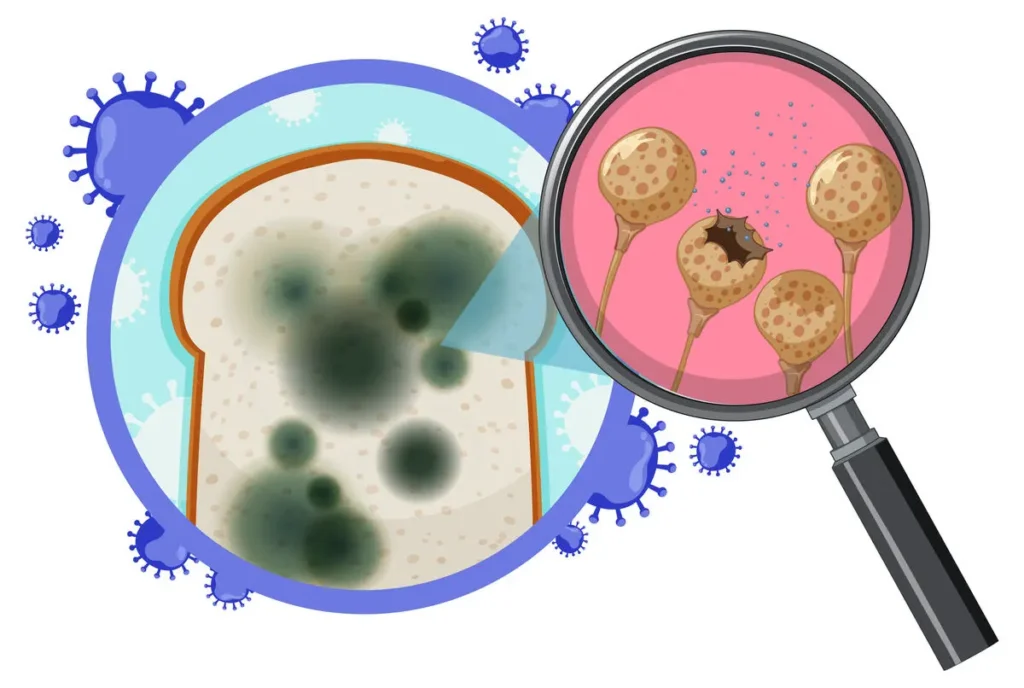Now Reading: Fastidious Microorganisms: What Are They and Why Do They Matter?
-
01
Fastidious Microorganisms: What Are They and Why Do They Matter?
Fastidious Microorganisms: What Are They and Why Do They Matter?

This article explores fastidious microorganisms, including their definition, examples, and the specific conditions they require to grow, along with practical insights for studying them.
Have you ever struggled to grow something in the lab, despite all the usual conditions seeming just right? Some microorganisms are notoriously difficult to culture. They’re called fastidious microorganisms, the picky eaters of the microbial world. These organisms have such strict needs that they won’t thrive unless their precise conditions are met.
While they may be tricky to study, they’re incredibly important in medicine, environmental science, and even food production. In this article, we’ll take a closer look at what makes these microorganisms so special, provide a few examples, and explore what they need to grow.
What Are Fastidious Microorganisms?
In simple terms, fastidious microorganisms are those that demand very specific conditions to survive and grow. Unlike other microorganisms, which can flourish in a wide variety of environments, fastidious ones are more like “prima donnas” that refuse to grow unless every detail is just right.
These microorganisms can include bacteria, fungi, and other microbes, but what unites them is their extreme nutritional and environmental needs. Imagine trying to host a dinner party where the guest only eats one very specific dish, prepared at exactly the right temperature, and served on a certain type of plate. That’s the level of specificity we’re talking about here.

Examples of Fastidious Microorganisms
To make things clearer, let’s look at some real-world examples of fastidious microorganisms that you might come across in a lab setting:
- Neisseria gonorrhoeae – This bacterium causes gonorrhea, and it’s notoriously sensitive to environmental conditions. It requires a precise temperature of about 35°C and a moist environment to thrive.
- Haemophilus influenzae – Known for respiratory infections, this microorganism needs blood-derived nutrients like heme to grow. Standard lab media won’t do this for this picky pathogen.
- Legionella pneumophila – Responsible for Legionnaires’ disease, this bacterium is a master of disguise. It’s often found in air conditioning systems or water tanks, but it needs a very specific growth medium to be cultured.
- Treponema pallidum – This bacterium causes syphilis, and it’s so fastidious that it can’t be grown in a standard laboratory setting. It often requires living tissue for cultivation.
These fastidious microorganisms examples show just how diverse and specialized these organisms can be, whether they’re causing disease or simply being studied for scientific research.
All Fastidious Microorganisms Require Which of the Following for Growth?
If you’re wondering what exactly makes fastidious microorganisms so difficult to grow, it comes down to the exacting conditions they need. Whether it’s nutrients, temperature, or gases, these microorganisms won’t settle for less than perfection.
Here’s a breakdown of the most common conditions they require:
- Specific Nutrients: Fastidious organisms are selective when it comes to their food. Many need growth factors like amino acids or vitamins that aren’t typically present in standard media.
- Temperature Control: They can’t just grow at any temperature. Some need the warmth of the human body (around 37°C), while others require cooler or warmer settings.
- pH Sensitivity: The pH of their environment has to be just right. If it’s too acidic or too alkaline, they won’t grow.
- Oxygen Levels: Some microorganisms thrive in oxygen-rich environments, while others need a lack of oxygen to survive. Some can handle both, but they still have their preferences.
These conditions make growing fastidious microorganisms in a lab challenging but also fascinating, as each microorganism has its own set of requirements that make it unique.

Fastidious Pathogens: What Makes Them Dangerous?
While many fastidious microorganisms are harmless or just interesting to study, others are pathogenic, meaning they cause diseases. These microorganisms can pose a significant risk because their demanding nature often makes them harder to detect and treat.
For example, Neisseria gonorrhoeae, the bacteria responsible for gonorrhea, can’t be easily grown on standard lab plates. This makes diagnosing the infection a bit trickier than with more resilient bacteria. Similarly, Legionella pneumophila can be difficult to isolate because it needs very specific conditions to be cultured.
This is why fastidious pathogens can sometimes slip under the radar, leading to outbreaks that are harder to control.
Non-Fastidious Organisms: How Do They Differ?
Now, not all microorganisms are as fussy as the fastidious ones. Non-fastidious organisms, like Escherichia coli (E. coli), are much easier to grow. They don’t require specific nutrients or environmental conditions to thrive. For example, E. coli can grow on simple nutrient agar, while fastidious organisms need enriched media, like blood agar.
The contrast between fastidious and non-fastidious organisms is like comparing a high-maintenance plant that requires specific sunlight and water to a hardy cactus that can thrive in almost any environment.

Pro Tips for Handling Fastidious Microorganisms
If you find yourself working with fastidious microorganisms, here are a few tips that will make your life easier:
- Use Specialized Media: Standard media won’t cut it for many fastidious organisms. You’ll need enriched media, sometimes containing blood or serum, to help them grow.
- Maintain Perfect Temperature and Humidity: Pay close attention to temperature and humidity. Some microorganisms have very specific requirements, and even small changes can affect their growth.
- Use the Right Atmosphere: Some fastidious organisms require an anaerobic environment (no oxygen) or a high level of CO2 to grow. Make sure your incubator can provide these conditions if necessary.
- Safety First: Many fastidious microorganisms are pathogens, so always follow lab safety protocols when handling them.
FAQ
Fastidious bacteria are bacteria that need very specific nutrients and environmental conditions to grow, making them harder to culture in a lab.
No, not all are harmful. Some are simply hard to grow, but others, like Legionella pneumophila, can cause serious diseases.
They need precise nutrients, temperature, pH, and sometimes gases like CO2 or an oxygen-free environment to grow.
No, they require specialized growth media, environmental conditions, and sometimes living cells to grow effectively.
Examples include Neisseria gonorrhoeae, Haemophilus influenzae, and Legionella pneumophila.

Sienna Blake is a U.S. health expert, licensed pharmacist, and lifestyle writer. She blends medical knowledge with practical wellness and lifestyle insights, helping readers live healthier, balanced, and more informed lives.
Stay Informed With the Latest & Most Important News
Previous Post
Next Post
-
 01Happy Gilmore 2: Your Complete Guide to the Golf Comedy Sequel
01Happy Gilmore 2: Your Complete Guide to the Golf Comedy Sequel -
 02Joe Root’s Test Runs: England’s Batting Genius in Focus
02Joe Root’s Test Runs: England’s Batting Genius in Focus -
 03The Bad Guys 2 (2025): Everything We Know So Far
03The Bad Guys 2 (2025): Everything We Know So Far -
 04Demon Slayer: Kimetsu no Yaiba The Movie: Infinity Castle Tickets – Your Guide to the Epic Anime Event
04Demon Slayer: Kimetsu no Yaiba The Movie: Infinity Castle Tickets – Your Guide to the Epic Anime Event -
 05The Naked Gun 2025: What to Know About the Comeback Comedy Starring Liam Neeson
05The Naked Gun 2025: What to Know About the Comeback Comedy Starring Liam Neeson -
 06RTX 50 Series Unleashed: Next-Gen Gaming Power Awaits!
06RTX 50 Series Unleashed: Next-Gen Gaming Power Awaits! -
 07Freakier Friday 2025: Full Cast Breakdown, Plot Twists, Musical Throwbacks & Streaming Info
07Freakier Friday 2025: Full Cast Breakdown, Plot Twists, Musical Throwbacks & Streaming Info














